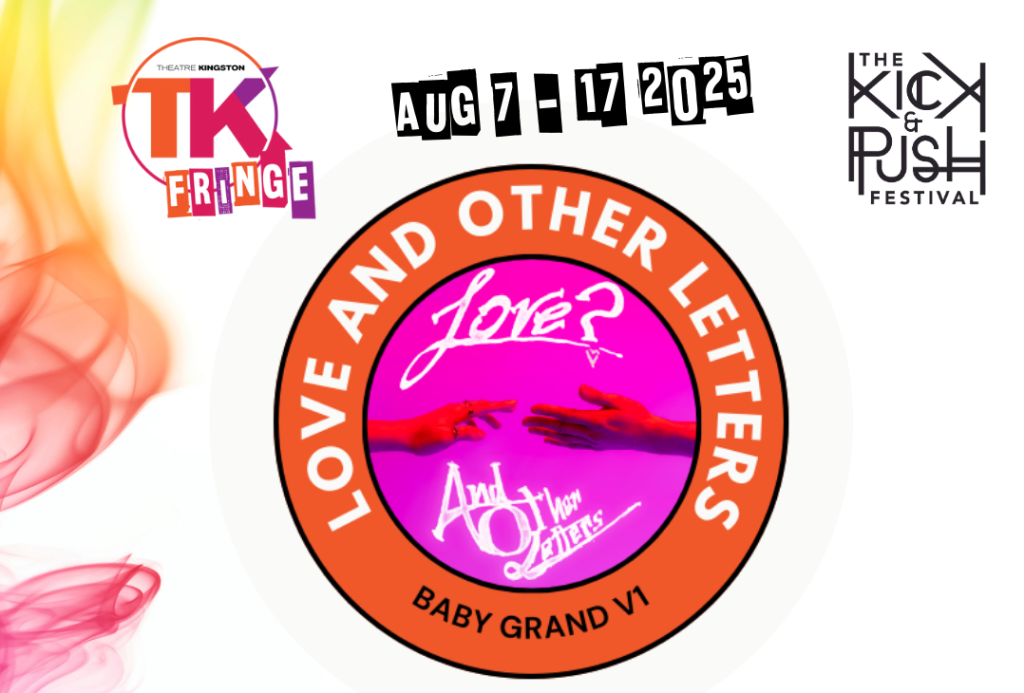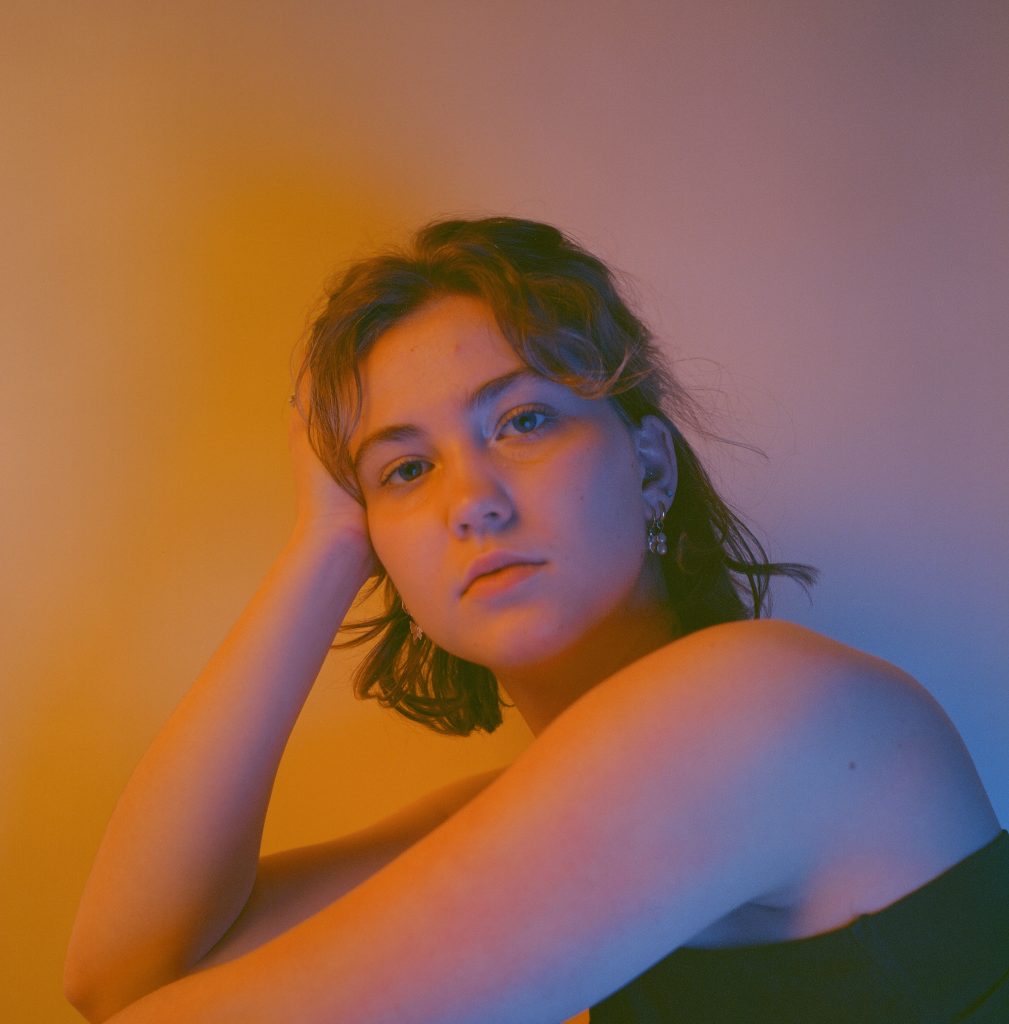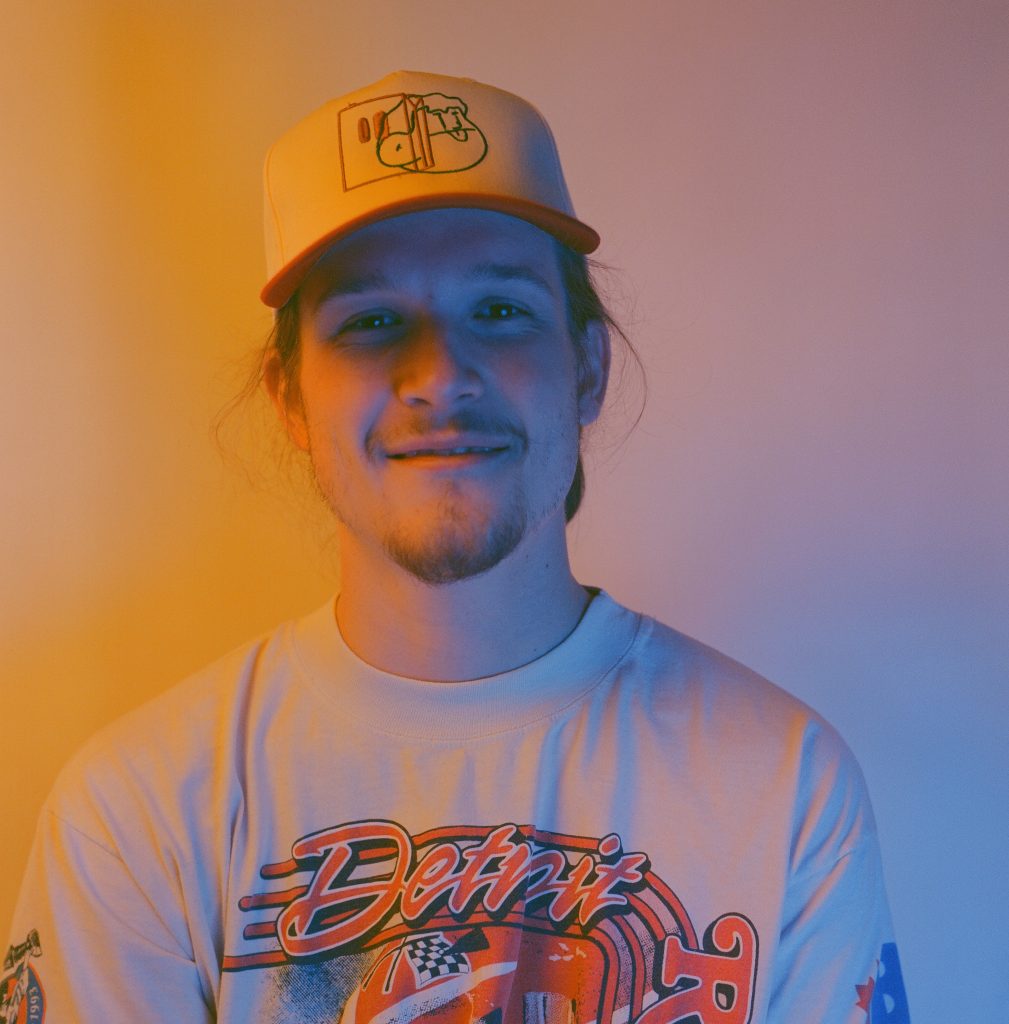Creativity Gone Wild: Behind the Scenes of ‘Love? and Other Letters’

Alina Siwy and Heiden Jacobi have the kind of creative chemistry that makes collaboration feel effortless. Siwy is currently studying Film at Queen’s with a specialization in Media and Performance Production at the Dan School of Drama and Music. She is also a writer and her newest project, Love? and Other Letters, explores the emotional complexities of loving someone else. Jacobi is a drama major, actor, photographer, lighting designer, and co-producer alongside Siwy in Love? and Other Letters. The two first crossed paths on the set of Robin and Magpie where they discovered a shared love of theatre and a shared language for telling stories through it. I’ve had the chance to chat with the two artists as they prepare for Love? and Other Letters to be featured in the upcoming TK Fringe Festival from August 7 – 17, 2025.
“I think we see theatre in a really similar way,” Siwy says, “and we work really well together.” Although frequent collaborators, this play marks their first time building a show from the ground up. From the script to the lighting, set designs to costumes, the entire production is a true collaborative effort. Siwy recalls being discouraged from writing in high school and the meaningfulness of seeing this play become what it is. In our conversation, Siwy and Jacobi talk about creating art from life’s big transitions, navigating new roles behind the scenes, and making room for all elements of theatre to shine.
This interview has been edited for length and clarity.
What inspired you to write Love? and Other Letters?
AS: I started writing this play a little over two years ago. I had just come to university—I’m from out of town—and I was going through that regular tough time of transitioning. I broke up with a long-term partner and was in a new place, and I didn’t know anybody. I was trying to figure myself out and figure out how to date and have relationships again. To help me work through those things, I started writing these monologue-type pieces, like a journaling type of thing. I’ve grown up doing theatre my whole life, and so I think monologue just came as an easy way for me to structurally set up the text. But it was never with the intent of doing anything with it. It was just so that I could get my feelings out.
But then eventually, halfway through my first year, I started looking back on these pieces, and I thought, ‘Well, what if this happened to a character? Would people be interested in hearing this as a story?’ So I started fictionalizing elements of the piece and adding ways to connect these monologues. And that’s where the idea of the letters came from. I turned these monologues into letters, which is the central piece of the play. The main character reads these letters, and explores what goes on in the letters. And in exploring that, I realized that I actually had something to say, and there was something behind it that was more than just an outlet. It was something I wanted to share with other people, because maybe, they might relate to the experiences that I’ve been through. Or they might connect with the story.

[To Jacobi] How are you involved in Love? and Other Letters?
HJ: We met while working on another production, then Alina invited me to a table read, and I was just taken aback by how honest it felt and how I really connected with it. I wasn’t playing any parts or anything, I was just doodling along while I was listening, and getting inspiration from the whole piece. I showed her the drawings after and then we were like, ‘We should do something with those.’
AS: And this was before I even got picked for the [TK Fringe] show. I was just trying to get a sense of, ‘what are people’s reactions to this play?’ And Heiden really just jumped headfirst into it. It was really nice to see that enthusiasm. And I said, ‘Do you want to work on this?’ And he said, ‘Yes!’
You mentioned a lot of this happened before the show was picked up. What has that process of setting up a show for the Fringe been like?
AS: This is my first time working on Fringe. I think it’s also [Heiden’s] first time working on Fringe. And it’s definitely a little bit different than other roles that I’ve worked on in the past. I’ve done a lot of theatre growing up, and also since I’ve come to university, but I’ve never had so many roles. I was the writer, I’m directing it as well, we’re both co-producing, and Heiden has a lot of design roles in the show, and so I think it’s just learning how to manage and separate the different types of responsibilities that you have within the production. Usually, you get brought on a project to do one thing, you do the one thing, and you hopefully do it really well. Whereas this, we’re juggling multiple roles, and we both really care about the production a lot, so we’re trying to balance the roles and also make sure that we’re bringing our best at every front.
What has it been like juggling those different roles?
AS: I think it’s gone as well as it could. I’m gonna be honest. I was nervous to take on the role as director, and we chatted about this at the beginning of the process, and I was like, ‘Oh, do I hire a director? What if they don’t see things the same way as me? How do I explain my vision to them?’ Because this piece is so personal. And Heiden encouraged me to take on that role. And I honestly think it was the best decision, because I sit in the rehearsal room with the actors, and I’m just in awe of how they can take something that I’ve made and completely just run with it in ways I could have never expected, but are so perfect at the same time. It’s not in any way how I might have imagined it the first time, but I love that it’s not and I like the challenge of having different roles, and getting to be involved in different aspects. It really lets me explore all my passions within theatre. And that’s what I like about it.
[Siwy to Jacobi] You’re also juggling a lot of roles. How is that for you?
HJ: I think for me on the design side, it lets me intertwine the different areas of design that I’m working in to create a more cohesive overall vision. So I’m co-designing the set with King David, who is a very talented artist. I’ve always admired his artistic eye, and I thought it would be really fun to work together creating a world, or a few worlds. I come from mostly a projection background, so I wanted to heavily integrate that kind of thing. I think there’s a lot of cool ways that we can use the technology components to make it a show that you will definitely remember.

Without giving too much away, what are you most excited for your audience to see? What do you hope they take away from the show?
HJ: I think there’s going to be a lot of really powerful moments in those letters, and I’m interested to see— not even so much in the moment—but what do people take away after they’ve sat with it for some time? That’s how I processed it the first time. And I think it’s really unique for each person who sees it.
AS: Yeah, I think that it all coming together, and the fact that it’s going to be shared with other people is my favourite part of it. Even if it ends up being bare bones, which it’s not, because I have very lovely designers who are making it look amazing. But even if it was, I just love that the things that I have to say are reaching people. And they get to have thoughts and opinions and experience this. I sit with these letters, when I wrote them, and I sit with them now, from a director standpoint, trying to detach myself from it as a writer and think about ways I can play around with the cast and find different ways we could take the script. I think it’s going to be really interesting to see what people are going to think about it.
Is there anything else you’d like to add that I haven’t asked?
HJ: I’m mostly from the technical side of theatre, and sound, set, lighting, costume, makeup… every area should have an opportunity at least once, hopefully twice, in the show to really let their creativity go wild and see what they can do and push their limits. Because too often we want the makeup to be a piece of the background, or the lighting to just work with the set, or the costumes to work with the actors. There’s space for each of those different mediums to shine, and I think that’s something that will come across in the show.
AS: Yeah, we’re quite lucky to have a group of people that’s willing to take risks and push past the boundaries of realism. I don’t think anything in our show is very quiet, but I enjoy that. I like that everything has a voice and a message. You know, you can really see the threads that get pulled between each of the departments or the different areas. And I think that makes it a very well rounded show.
Alina Siwy is grateful to the production crew of ‘Love? and Other Letters’: Heiden Jacobi, King David, Emma Gephart, Alfonsina Moreno, Cole Kapoor, Edward Haag, and Shira Greenstein.
Alina Siwy and Heiden Jacobi are both emerging theatre artists currently studying at Queens University. Alina is the writer, director, and co-producer of the show and Heiden is the co-producer, technical director and a designer for multiple areas of the production.
‘Love? and Other Letters’ will be premiering at the TK Fringe Festival from August 7 – 17 2025 as part of The Kick & Push Festival. More information about the festival can be found here.
